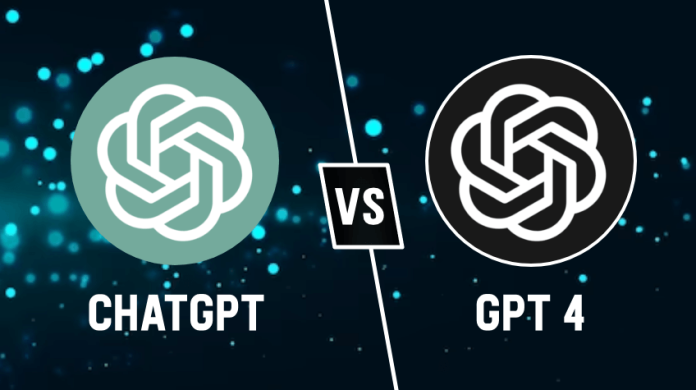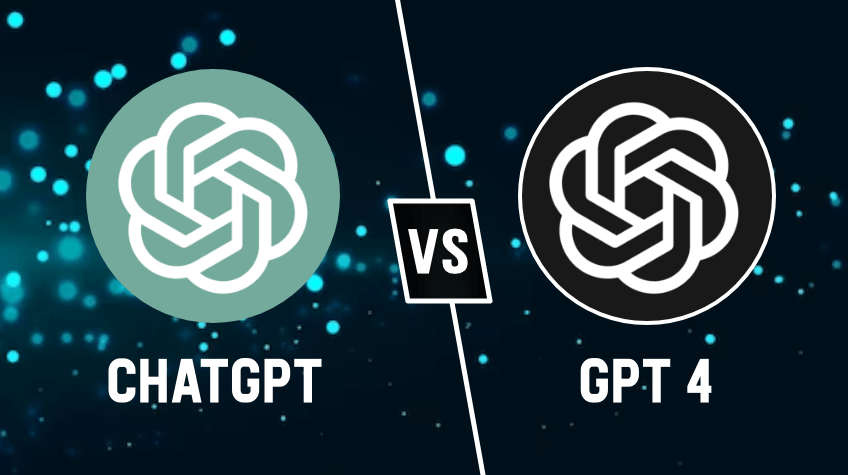
“The future is already here it’s just not evenly distributed.” William Gibson’s observation is particularly apt in 2025, when the AI capabilities of ChatGPT have shifted from novelty to necessity for professionals, students, and amateur artists. The mere multidimensionality of ChatGPT, especially in its latest multimodal incarnation, GPT-4o, is not only changing workflows it’s changing what can be done with the optimal prompt and an open mind.
No longer bound to words, ChatGPT with eyesight, hearing, and spatial awareness today is forging new directions for communication, automation, and innovation. This listicle analyzes the most exciting and practical applications of ChatGPT being used to augment productivity, simplify learning, and unleash creative potential while negotiating the ethical and technical issues of this rapidly evolving technology.
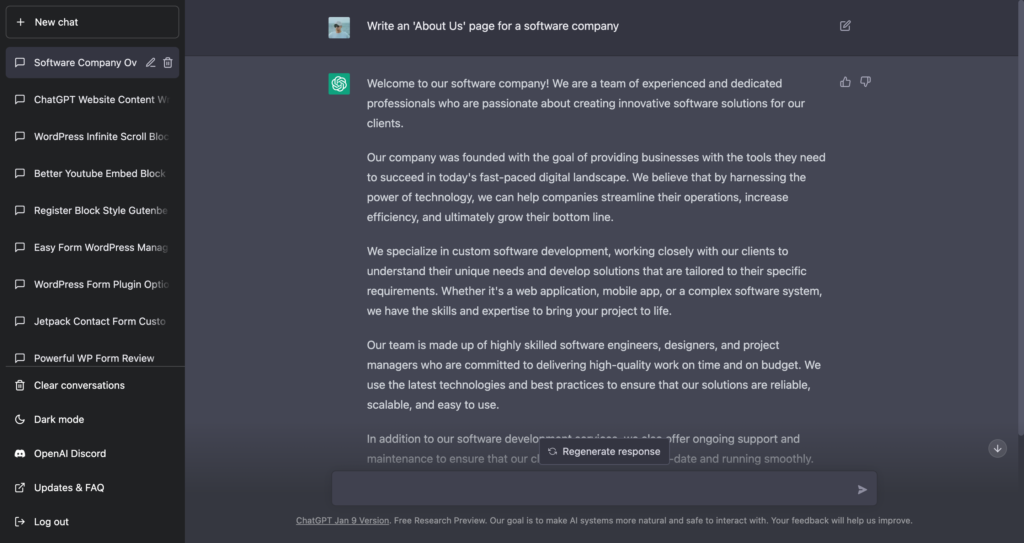
1. Writing, Editing, and Large-Scale Content Creation
ChatGPT has emerged as a valuable writing assistant, enabling one to draft blog posts, reports, newsletters, and even product descriptions in just a fraction of time. The model is excellent at brainstorming, outlining, and coming up with first drafts, TechTarget reports, but experts warn that one should always verify AI-created content as accurate as well as tone. The cohesiveness of the platform to endure across multiple lines of communication is invaluable for companies that require an integrated brand voice.
Beyond basic drafting, ChatGPT can organize content into well-formed sections, summarize lengthy reports, and even offer SEO-friendly title and meta description recommendations. This has made platforms like Koo help users produce good-quality content at scale, boost engagement and productivity. However, as per TechTarget, “overuse of AI-generated writing can result in a generic brand voice that lacks creativity and spark,” a reality that points towards the need for human oversight.
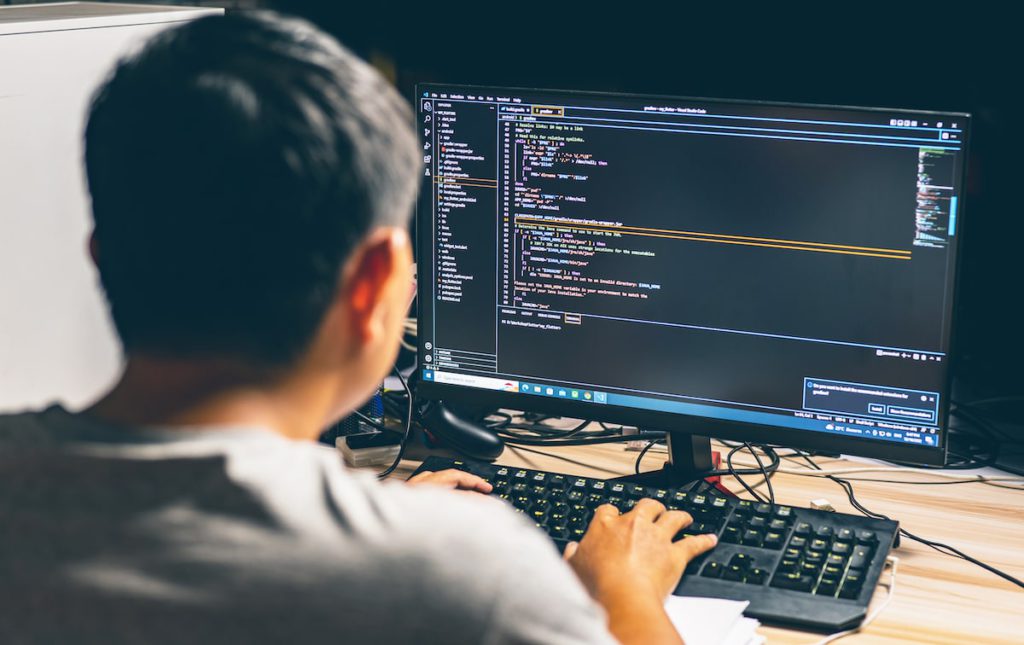
2. Coding, Debugging, and Technical Learning
For both new programmers and experienced coders, ChatGPT offers various coding, elaborating, and debugging tools. It can generate scripts, translate code across programming languages, and debug errors, making technical work accessible to all. As noted by AIMultiple, the coding feature of ChatGPT has been augmented with writing documentation templates, reformatting code, and explaining how to program ideas step by step.
But the model is not flawless. TechTarget cautions that “ChatGPT-generated code may not be best-practice and can contain errors or security vulnerabilities.” Therefore, it is suggested by experts that ChatGPT be used as an AI pair programmer, checking and testing all the output, and leveraging its capability for simple or mundane tasks and not a deep system design.

3. Multimodal Capabilities: Beyond Text to Vision and Speech
GPT-4o is an unprecedented AI advancement that brings text, images, and voice together in harmony. As detailed in Medium’s deep dive, GPT-4o is now capable of processing images, generating visual content, and even processing audio inputs, new opportunities for creative professionals and educators are created. For instance, Runway leverages GPT models to enable content creators to generate video scripts and even identify images for healthcare or retail purposes.
These multimodal abilities are extended to real-time transcription, voice translation, and accessibility capabilities, increasing technology affordability. The contextual and spatial awareness of the model also presents opportunities for robotics, augmented reality, and assistive technologies to bridge the gap for people with disabilities.

4. How to Obtain Prompt Engineering Skills to Achieve the Best Results
The efficacy of ChatGPT depends on the quality of prompts. As explained in an extensive Medium tutorial, prompt engineering is a valuable skill that every individual who would like to receive meaningful and accurate information from language models has to learn. Providing explicit context, telling what the output should be, and role-playing expert personas are some ways by which responses from AI can be made so much better.
Reverse prompt engineering analysing AI replies to enhance the next prompt is presently a powerful means of continuous enhancement. As the manual highlights, “A good professional can accomplish tremendous things with bad tools. An unprofessional person can create workable work using better tools. But better tools in the hands of a better professional can totally change their work and productivity.”
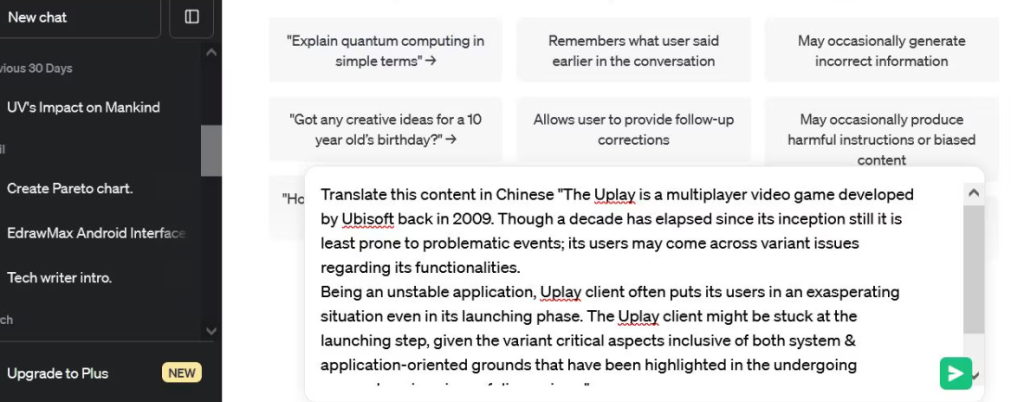
5. Language Translation and Multilingual Communication
ChatGPT’s translation and multilingual capabilities are transforming global communication. Spotify and Duolingo, for example, use ChatGPT to provide customer support in over 60 and 30 languages, respectively, for seamless user experiences through language terrain. The model’s contextualization and nuance features are far beyond those of traditional translation technology, as demonstrated in real-world deployments.
With the advent of voice mode and real-time audio translation, ChatGPT is facilitating global business, travel, and intercultural collaboration. It has a major impact on customer service, where the communication must be personalized as well as correct.

6. Personalized Learning, Tutoring, and Educational Content
Education is undergoing a quiet revolution because of ChatGPT’s ability to learn and adapt on an individual basis. The model can design quizzes, lesson plans, and even tutor-like sessions, adapting its explanations for each learning process. Teachers are employing ChatGPT to create course syllabi, provide grammar correction, and assist with homework, while students have instant access to explanations and practice exercises, AIMultiple reports.
However, there is a caution from experts on overdependence on AI in generating content or marking, and the need for human intervention to ensure educational quality and fairness.
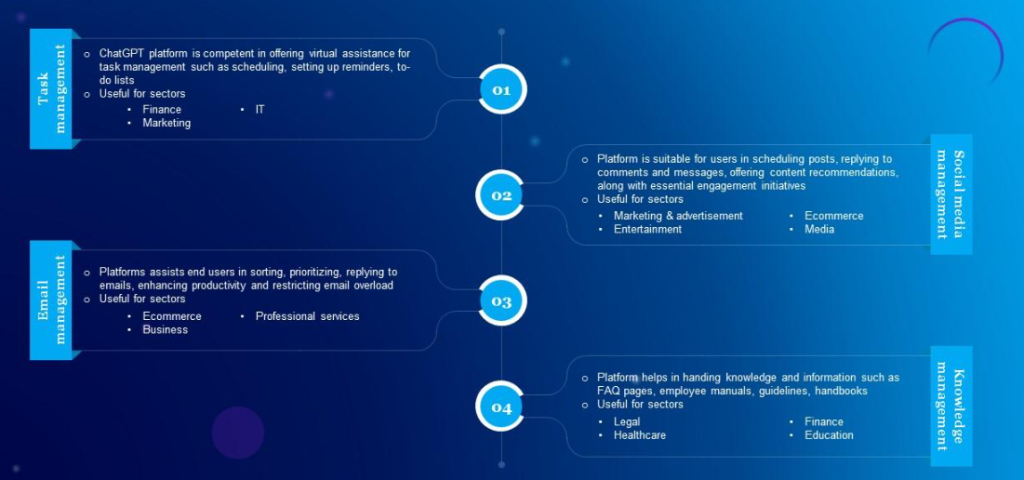
7. Workflow Automation, Data Entry, and Structured Tasks
ChatGPT excels at linear tasks with repetitive formatting and recurring workflow. It can automate data entry, complete templates, generate reports, and guide users through complex forms or compliance checklists. In customer support, the model composes responses, refreshes FAQs, and assists with onboarding, providing human agents more space to focus on critical thinking conversations.
AIMultiple points out that chatbots powered by GPT now answer 44% of customer inquiries, effectively replacing the role of around 250 support representatives. This kind of automation on a large scale is transforming the way businesses cope with information and interact with customers.

8. Market Research, Knowledge Management, and Data Analysis
For data-driven decision-makers and researchers, ChatGPT makes it easier by compiling publicly available information, developing surveys, and examining competitor data. It can compile and categorize internal reports, meeting minutes, and documents, eliminating time spent searching for information and duplication of effort.
But as per TechTarget, “ChatGPT can generate summaries based on incomplete, outdated or inaccurate public information.” Human audits and checks remain the prerequisite for ensuring the validity of AI-aided research.
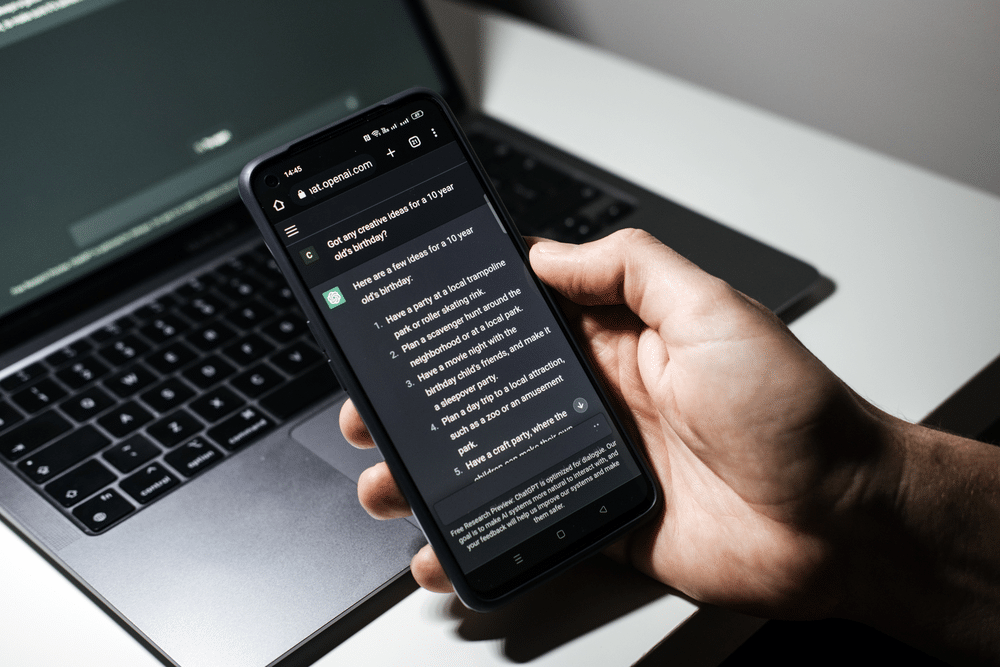
9. Creative Expression: Music, Jokes, and Storytelling
ChatGPT’s creative potential also extends to song composition, joke writing, and narrative. With genre, tone, or language given, users have the option to co-create original music lyrics or scripts which can be subsequently developed through the use of tools like Suno.ai. The ability of the AI to generate memes and humorous material also opens up new ways to interact with the audience and stimulate creativity.
This democratization of the creative tools allows for even the non-trained to play and create content, although the end result can generally be improved and refined with human effort and collaboration.

10. Health, Wellness, and Lifestyle Support
ChatGPT is also increasingly utilized to aid in health and wellness, sending personalized exercise and nutrition plans, meditation exercises, and even acting as a symptom checker for illness. While the model provides enormous quantities of health information, the users are urged to verify any significant information before making any decisions, especially medical ones. Much like every other AI solution in sensitive sectors, combining AI-recommended insights and expertise offers the best possible outcome.

11. Ethical, Responsible, and Safe Use of AI
The rapid adoption of multimodal AI like GPT-4o triggers ethical dilemmas. OpenAI has implemented content filtering, output monitoring, and ethics advisory boards to counter risks like bias, privacy, and abuse. As explained in Medium’s deep dive, “OpenAI has embraced an ethos of transparency, publishing research papers, technical reports, and ethics guidelines on a regular basis, promoting accountability and allowing public scrutiny of their activities.”
Experts must keep themselves informed about best practices, provide for human presence, and prioritize openness while applying AI to high-stakes applications.

12. The Future: AGI, Collaboration, and Societal Impact
The trajectory of ChatGPT and GPT-4o is toward further deeper integration of AI into work and everyday life. With the accelerating rate of hardware progress, multimodal fusion, and context sense, the distinction between human and machine collaboration continues to shrink. As AI models become more capable, the challenge will be to harness their power in a responsible manner so that they augment and not replace human imagination, judgment, and agency.
The competitive landscape with rivals like Google’s Gemini and Meta’s multimodal platforms ensures rapid innovation, but also calls for restraint in terms of ethics, diversity, and inclusive access.
ChatGPT and its multimodal offspring are not tools they are the engines for a new era in productivity, creativity, and learning. For amateurs, students, and professionals, learning the art of prompt engineering and understanding the strengths and weaknesses of such AI tools will be vital. And as the technology continues to evolve, the best users will be those who combine human ingenuity with AI’s growing capabilities, enabling a future in which collaboration with machines becomes the norm, not the exception.
